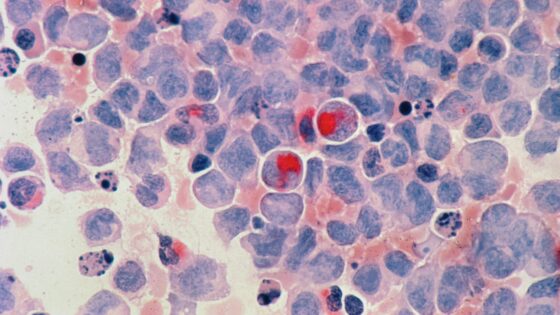Don’t worry, there isn’t an asteroid actually coming. They’re just getting ready in case one does.
Every year, the International Academy of Astronautics hosts a Planetary Defense Conference, which commences its 6th annual event this year on April 29. NASA, along with other national agencies such as FEMA, will send delegates to the conference in order to discuss various planetary defense strategies.
One of the biggest aspects of the conference is a challenge presented to these groups, to prepare for a hypothetical asteroid coming straight at Earth. NASA and the other organizations must come up with a plan to destroy such a threat, to prepare for an impact, and to clean up any of the mess that would occur afterwards. This scenario is practice for any real events that may occur. Astronomers can detect many of the large asteroids that orbit the sun with the Earth, and can use complex algorithms to track their paths in case they may be crossing ours.
The problem is that not much has been done up until now to prepare for a catastrophe of that nature. Many people don’t realize that there is not a set plan to actually shoot down a giant asteroid that may be heading towards us. Recently, NASA has made plans to partner up with SpaceX in order to test a new system of asteroid deterrent, essentially flying a rocket, guided by satellites, to redirect an asteroid away from Earth. Known as the DART system, or Double Asteroid Redirection Test, NASA will utilize SpaceX rockets to test their defensive capabilities.
While the public shouldn’t worry too much, asteroid strikes have happened before, and when they do the results can be devastating. A minor incident that most of us will remember is a meteor that entered the atmosphere over Russia in 2013, and while most of it had burned up by the time it hit the lower atmosphere, the 2 meter large rock did cause a significant amount of damage. This meteor was dubbed the Chelyabinsk meteor, after the intense sound waves reverberating from the initial entry into the atmosphere caused several buildings damage, and shattered glass across the Chelyabinsk Oblast region. This meteor entered the atmosphere without detection and is believed to have originated from a fractured asteroid in the belt between Mars and Jupiter. No deaths occurred but many were injured and some even reported feeling intense heat after the initial blast. This meteor was a wake up call for many, and since then more steps have been taken to prevent a devastating strike of this kind.































